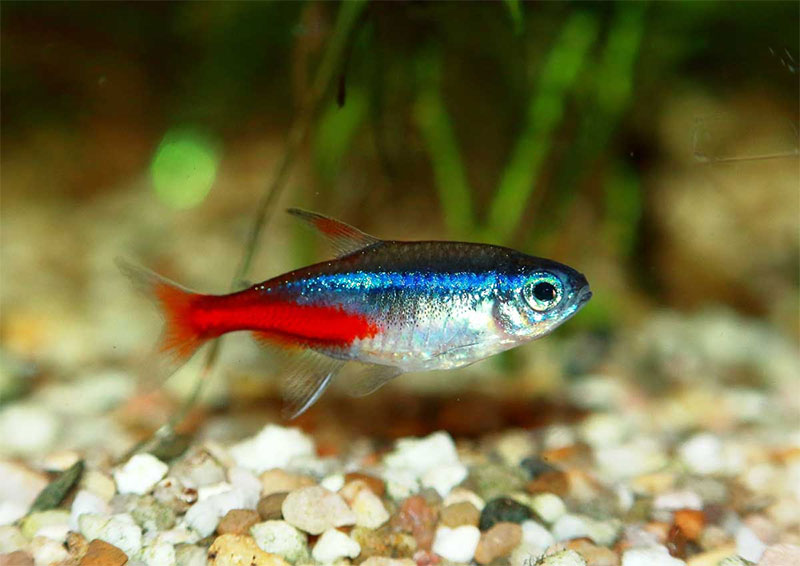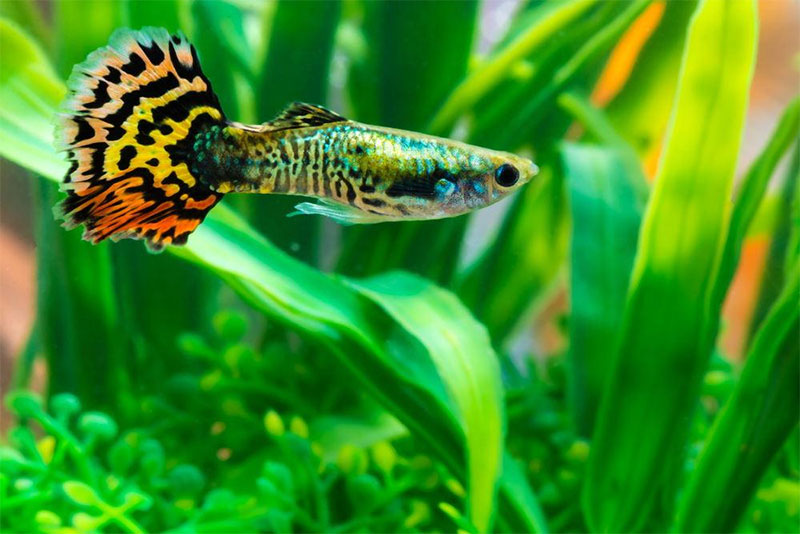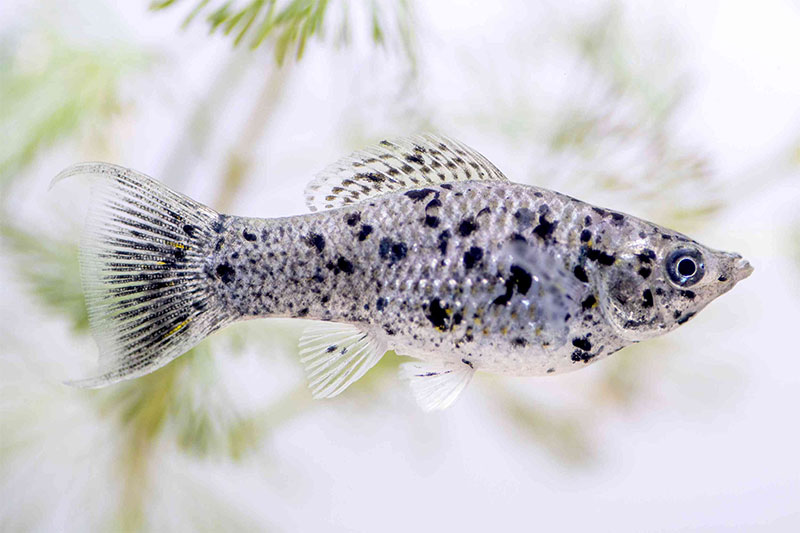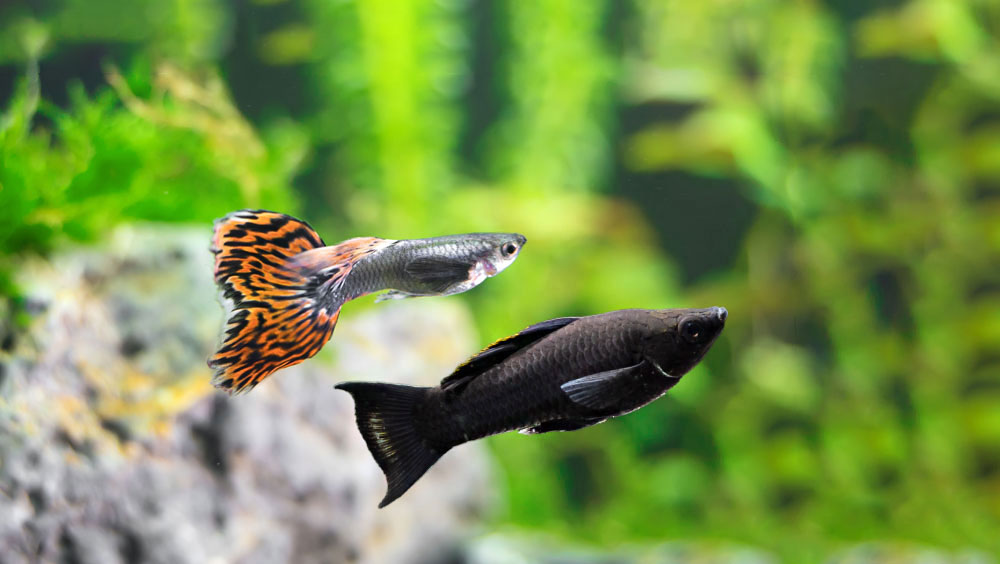Not all breeds of freshwater aquarium fish can live together. If you put the wrong fish together, they might attack each other. These fish are compatible with most breeds, making them ideal for beginners.
Neon Tetras

Neon tetras are some of the most popular starter fish. The blue neon stripe and red tail make them instantly recognizable in fish tanks. These breeds do well with other peaceful fish, like betta fish and angelfish. Since neon tetras are social animals, you'll need to keep six or more tetras at a time.
This breed requires plant life and hiding areas to recreate their natural environment. Neon tetras eat a variety of foods, including flakes, granules, shrimp, and bloodworms. You can breed neon tetras in a separate tank after setting up the right lighting, temperature, and pH balance.
Neon tetras are energetic fish that need plenty of space to swim around. When they're stressed, a neon tetra's colors might fade. They might also engage in aggressive behaviors, such as nipping the other fish in the tank.
Guppies

Guppies are vibrant fish with fanned tails that come in a variety of colors. Typically, male guppies are more colorful. People who breed guppies often end up with new color variations. Since guppies breed quickly, keep male and female guppies separate unless you want to raise a school of fish.
Like neon tetras, guppies eat a variety of foods, including flakes and pellets. Guppies need large aquariums with plant life so they can burn off energy. They do well with other fish breeds, such as mollies, zebrafish, and neon tetras. Avoid placing them in aquariums with fish that are large enough to eat them.
Guppies are popular with beginners because they're non-aggressive and don't have complicated environmental needs. However, research the right temperature and pH balance before adding guppies to your tank.
Mollies

Mollies come in several varieties, such as balloon mollies, dalmatian mollies, and black mollies. Each variation comes in distinct colors that make mollies stand out in your aquarium. Since mollies are sociable, make sure you have at least four mollies in your tank at a time.
Similar to guppies and neon tetras, mollies thrive in environments with hiding places and plant life. Mollies eat plants, algae, and insects. They can also eat flakes, shrimp, and bloodworms, but plants should be their main diet. You can grow algae in the tank for them to eat directly.
Since mollies are non-aggressive, they pair well with other peaceful fish, such as guppies and swordtails. You can breed mollies in separate tanks.
If you're a new aquarium owner, start with these fish before moving to breeds that require extra care. Make sure your aquarium has the right environment and pH balance before you add your fish.


